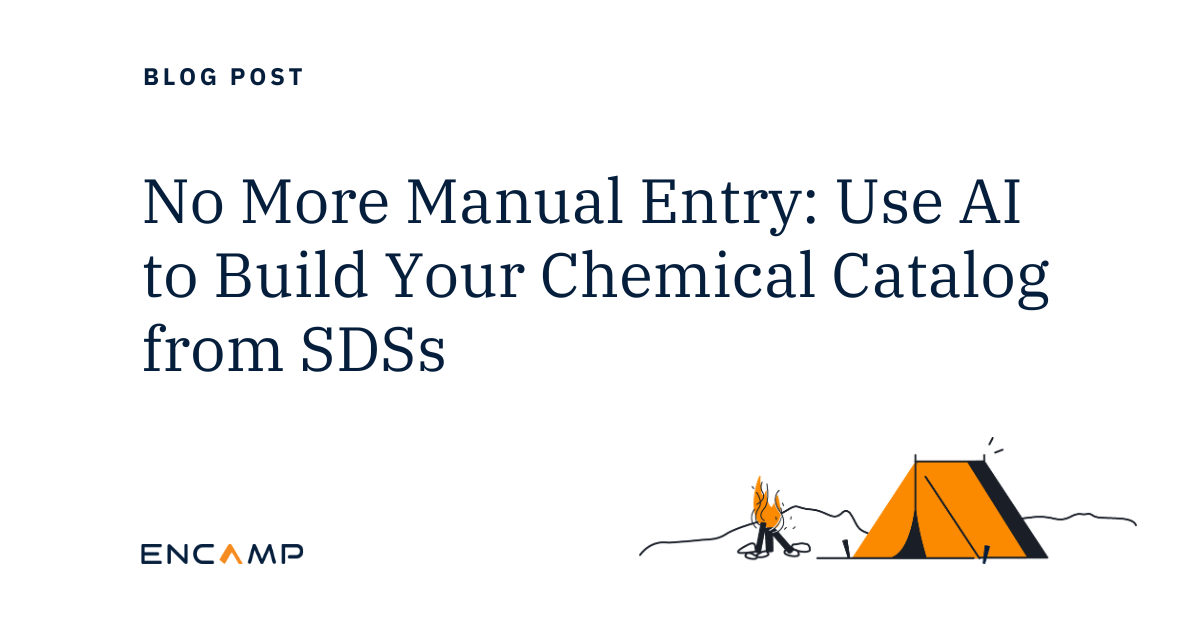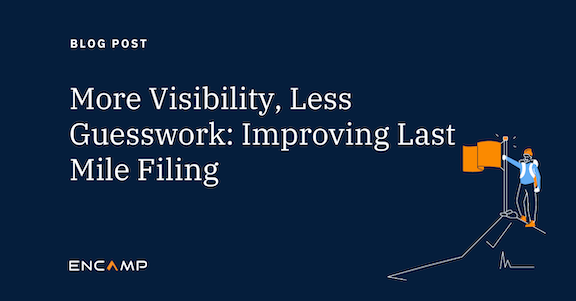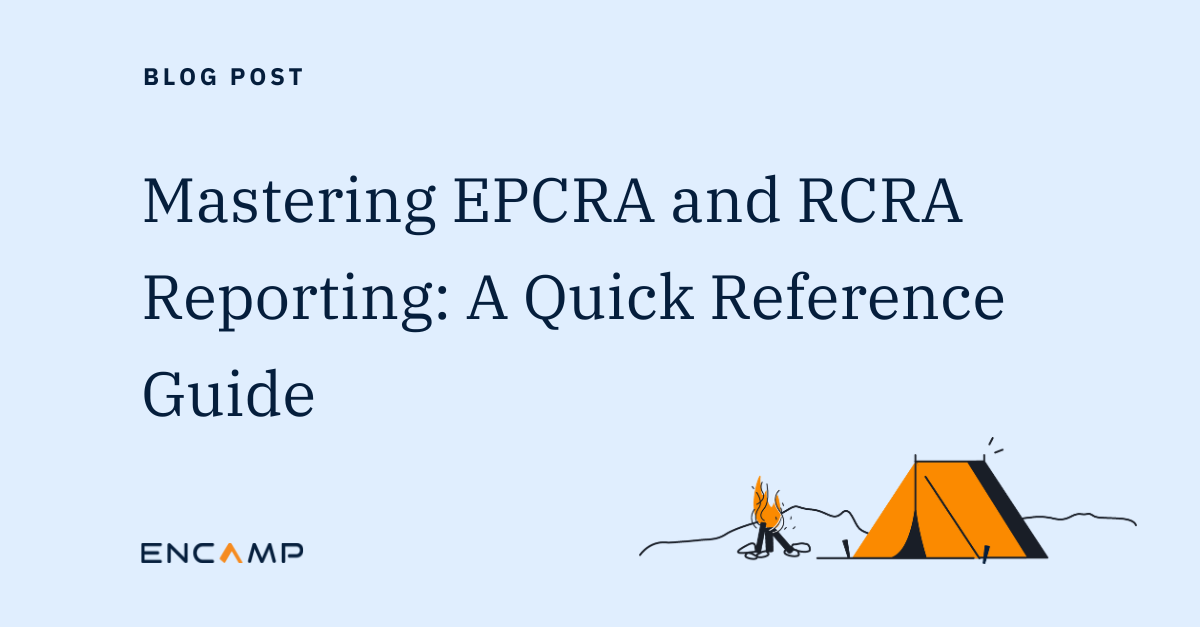A lead-acid battery is known to break from time to time. When it does, and the electrolyte begins to leak from its casing, reporting actions for the spill must be immediate to avoid EPA violations. Here are the steps you should take, beginning with a 304 Notification.
Reporting a damaged lead-acid battery
Do I need to submit a 304 Notification?
EPCRA Section 304 is the Emergency Release Notification section of EPCRA. You are subject to this rule if your facility “produces, uses, or stores a hazardous chemical” and you “release a reportable quantity (RQ) of any EHS or of a hazardous substance as defined by the Comprehensive Environmental Response, Compensation, and Liability Act (CERCLA) at your facility.”
Sulfuric acid from a lead-acid battery is the main chemical of concern in regards to a 304 Notification. EPA lists the RQs for 304 Notifications in Appendices A and B and also on their List of Lists. For sulfuric acid, the RQ is 1,000 pounds. It may be hard to quantify the total gallons or pounds of the spill, but if the battery shell is left with only the plates inside, you can work backwards to determine if the spill has exceeded the RQ based the percentage of sulfuric acid on the Safety Data Sheet (SDS).
Who do I notify?
Once you’ve determined that the spill from a lead-acid battery has exceeded the RQ and you are subject to a 304 Notification, what’s the next step?
The federal regulations state that you must notify the “SERC and LEPC of any area(s) that are likely to be affected by the release.” If the substance is also listed on the CERCLA list, the National Response Center (NRC) must be notified as well. The NRC’s report hotline number is (800) 424-8802. EPA has also published a list of State Contact Information for 304 Notifications, which you can find here.
What to include in the 304 Notification
EPA’s website states you must include the following information. Check with your state as well, in case they require additional information.
- The chemical name
- An indication of whether the substance is extremely hazardous
- An estimate of the quantity released into the environment
- The time and duration of the release
- Whether the release occurred into air, water, and/or land
- Any known or anticipated acute or chronic health risks associated with the emergency, and where necessary, advice regarding medical attention for exposed individuals
- Proper precautions, such as evacuation or sheltering in place
- Name and telephone number of contact person
The regulations say that gathering this information should not impede the notification on emergency response. If you have hazardous chemicals at your facility, it’s best to prepare for this type of notification well ahead of a possible spill. Many facilities choose to post this information by a facility phone or in an accessible area so the information can be gathered quickly. The immediate notification should be conducted orally, over the phone.
Follow-up
After the initial 304 Notification is made and the release has been contained, a follow-up written report must be submitted to the SERC and LEPC. Unless this event occurred during transportation or from storage incident to transportation, the written follow-up must be submitted as soon as practicable. In the written notice, you must provide and update the information that was reported in the immediate notification and include the following additional information:
- Actions taken to respond and contain the release
- Any known or anticipated acute or chronic health risks associated with the release
- Where appropriate, advice regarding medical attention necessary for exposed individuals
Source: 40 CFR 355.40(8)(b)
EPA does not have a prescribed format for this notification, and states only that it should be written. Check with your SERC to see if they have a required or preferred format. For example, Indiana requires the 304 follow-up notification to be submitted via their Tier II Manager portal. Some states, like Texas, have issued a timeframe for the follow-up notification.
Cleanup
In the midst of notifying the appropriate parties and keeping everyone safe, cleaning up the spill from a damaged lead-acid battery is another task you’ll need to complete to mitigate the situation. Most SDSs provide cleanup information in the event of a spill or release, so be sure to check those well in advance. It’s recommended to have the proper PPE and spill kit items handy in case of an emergency, so you can clean up the spill quickly.
Some items you’ll need to clean up the spill are:
- Proper PPE (safety glasses, gloves, Tyvek suit, etc.)
- First aid kit nearby
- Eye wash station and/or safety shower
- Empty drums or buckets for spill cleanup material (make sure they are rated for the waste that you are adding to it; i.e., corrosive in plastic vs. metal)
- Neutralizing absorbent
- Absorbent mats, socks, or barriers
- Waste labels
When the absorbed acid and cleanup material are packaged up into a bucket or drum, be sure to label it appropriately. If the acid was neutralized, it’s possible the waste can be considered non-hazardous, but be sure to do your due diligence with analysis, if necessary. If the acid wasn’t neutralized and just absorbed, the waste can be considered hazardous depending on your state’s regulations. For instance, California considers any solid when mixed with an equivalent weight of water that produces a liquid that corrodes steel at a rate greater than 6.35 mm per year to be hazardous.
Once packaged and properly labeled, work with your hazardous waste contractor to pick up the containers for disposal. The broken lead-acid battery casing might be able to be salvaged. Most hazardous waste treatment companies have contracts with lead-acid battery recyclers, so they can arrange for recycling if it’s possible.
Read more…
See our eBook, Lead-Acid Batteries – A Detailed and Interactive Guide
Transforming the way enterprises stay in compliance
Encamp is on a mission to create a world where good for business can equal good for the environment. We help enterprises transform compliance programs and human processes into a technology-driven system that lays the foundation for accurate and ongoing environmental compliance through a blended method of intelligent high-tech solutions and high-touch expert support.
Megan Walters
Megan is Encamp’s VP of Compliance & Customer Success and formerly a Senior Environmental Scientist. But she’s also a Certified Environmental and Safety Compliance Officer® (CESCO), an EHSMS Internal Auditor, a Certified Hazardous Materials Manager, eRailSafe certified, a HAZWOPER 40 Hour - Emergency Response Technician, and skilled in RCRA, DOT, and ISO 14001. Obviously, she knows “compliance.”



